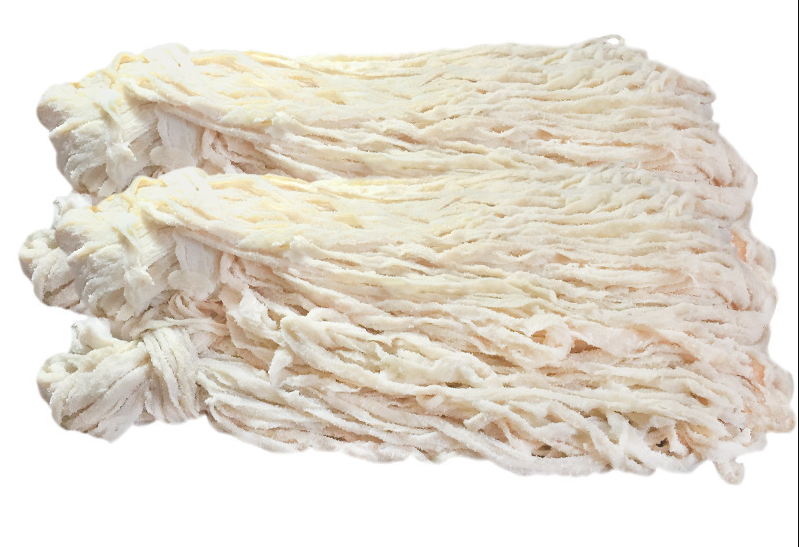Unlocking the Benefits of Dry Casings: A Comprehensive Guide
May 04,2025
Introduction to Dry Casings
Hey there! If you’ve ever dipped your toes into the world of manufacturing or food processing, you might have heard the term dry casings floating around. But what are they, and why should you care? Let’s dive into this intriguing topic!
What Are Dry Casings?
To put it simply, dry casings are tubular structures that are essential in various applications, especially in the culinary arts. They serve as the outer layer for sausages and other meat products, ensuring that everything inside holds together while keeping the flavors locked in. Picture them as the unsung heroes of your favorite deli sandwich!
Why Use Dry Casings?
Let’s get down to brass tacks. Why should anyone bother with dry casings? Here are a few compelling reasons:
- Durability: Dry casings are built tough. They withstand heat, moisture, and pressure, making them perfect for cooking and storage.
- Flavor Enhancement: These casings are designed to be porous, allowing smoke and spices to infuse the meat, resulting in a mouthwatering taste.
- Variety: From collagen to cellulose, dry casings come in various types, catering to different culinary needs. It’s like choosing between a classic novel or a thrilling mystery!
The Types of Dry Casings
Now that we’ve established their importance, let’s break down the various types of dry casings available on the market:
1. Natural Casings
These are made from animal intestines and are often favored for their authenticity. Think of them as the artisanal choice, perfect for gourmet sausages.
2. Collagen Casings
Derived from animal hides, collagen casings are versatile and easy to use. They’re great for beginners and professionals alike!
3. Cellulose Casings
These are synthetic and often used for skinless sausages. They can be peeled off easily after cooking, leaving behind a tasty treat!
How Are Dry Casings Made?
Ever wondered what goes into making these fabulous casings? The process is quite fascinating. Natural casings are cleaned and salted to preserve them, while collagen and cellulose casings are manufactured in controlled environments, ensuring consistency and quality. Talk about a labor of love!
Applications of Dry Casings
While the culinary world loves dry casings, their applications don’t stop there. Here are some other interesting uses:
- Industrial Uses: Dry casings can be found in various industrial applications, such as packaging and insulation.
- Medical Applications: Some casings are even used in medical devices, showcasing their versatility!
Tips for Using Dry Casings
Alright, you’re ready to dive in! Here are some handy tips to make the most out of your dry casings:
- Soaking: Always soak natural casings in water before use. This helps to soften them and makes stuffing a breeze.
- Temperature Control: Keep an eye on the cooking temperature. Too high, and you risk bursting the casings!
- Experiment: Don’t be afraid to try different types of casings for various dishes. You might just stumble upon your new favorite!
Conclusion
In conclusion, dry casings play a pivotal role in the culinary world and beyond. Whether you’re a home cook or a seasoned chef, understanding these casings can elevate your culinary game. So, next time you’re whipping up a batch of sausages or exploring new recipes, remember the magic of dry casings!
Keyword:
Latest News







